Have you ever thought about collecting Hanfu in all shapes and styles from all dynasties? But besides collecting them, we also have to know how to differentiate them.
Let’s start with the Hanfu skirt. Here I will summarize several types of Hanfu skirts and their characteristics.
Hanfu skirts are usually made of one or two pieces of cloth, in the form of a flat, pleated, or non-pleated sheet wrapped around the body and tied with a ribbon.
Zhequn (褶裙 ; zhě qún)
Zhequn or pleated skirt is one of the most frequently seen types of skirts.
The skirt consists of straight knife pleats from the head of the skirt down to half or the full length of the skirt, with pleats typically ranging from 2 – 4 cm wide.
This skirt is also often combined with Hanyuansu (汉元素).
Poqun (破裙 ; pò qún)
Translated directly, po 破 means broken.
But, why can we still wear a broken skirt?
The meaning of the word ‘po’ in this context is not ‘broken’, but rather a piece of cloth cut into a long trapezoidal shape.
Poqun is made of an even number of strips of cloth, usually 4 – 12, but there are also 32, sewn lengthwise to make a skirt that is wider at the bottom than at the top.
This skirt was popular from the Wei and Jin periods to the Tang dynasty.
Sanjianqun (三裥裙 ; sān jiǎn qún)
Poqun evolved and created 四破三裥裙 (sì pò sān jiǎn qún), often shortened to Sanjianqun.
The part of the Sanjianqun that makes it different from the Poqun is the three inverted box kick pleats between the Po of the skirt, one in the front center and two on either side, creating a unique silhouette with three pleated slits.
This skirt is also often paired with Hanyuansu (汉元素), as it looks very similar to modern skirts.
Baidiequn (百迭裙 ; bǎi dié qún)
Baidiequn, often referred to as a hundred changes skirt. Baidiequn is characterized by very narrow pleats measuring 1 – 2 cm, usually made of a softer and thinner fabric.
Baidiequn can be divided into three categories: full Baidiequn, circular Baidiequn, and high-low Baidiequn.
The full Baidiequn is the most commonly seen type, usually worn alone.
A circular Baidiequn, or Hewei Baidiequn (合围百迭裙), is an overskirt that is usually worn over another skirt or pants. It is shorter than a full skirt, usually reaching mid-calf, and can be draped around the body over an underlay of a similar or contrasting color.
High-low Baidiequn, or 前短后长百迭裙, the front is cut shorter than other pleated skirts, creating a T-shape when worn. When worn, the front is shorter, while the sides and back are longer.
Xuanqun (旋裙 ; xuán qún)
One of the simplest skirts is Xuanqun.
Xuanqun is considered unique in that it has no pleats but is made from two flat rectangular pieces of cloth that overlap each other and are connected at the head of the skirt.
Mamianqun (马面裙 ; mǎ miàn qún)
Mamianqun consists of three Chinese characters: ‘mǎ 马’ which means ‘horse’ ; ‘miàn 面’ which means ‘face’ ; and ‘qún 裙’ which means ‘skirt’.
Mamianqun is the most distinctive style of women’s clothing in the Ming and Qing dynasties.
Mamianqun has undergone a series of changes from the Ming dynasty to the Qing dynasty and then became the beauty and simplicity of the Republic of China, but the “horse face” structure has always been deeply rooted.
In the 21st century, Mamianqun made a comeback with the rise of the Hanfu movement.
Manzhequn (满折裙 ; mǎn zhé qún)
The Manzhequn was also a popular Ming dynasty skirt, offering the same mobility as the Mamianqun but without the flat skirt doors.
When worn the Manzhequn looks similar to the usual Zhequn, the skirt is pleated, with the folds being wider than usual, usually around 3 – 5 cm.
But like Mamianqun, Manzhequn is made of two different pieces of cloth, overlapping on the sides when worn. The difference is that Mamianqun has a flat part called the door of the skirt at each end.
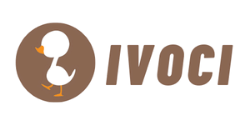
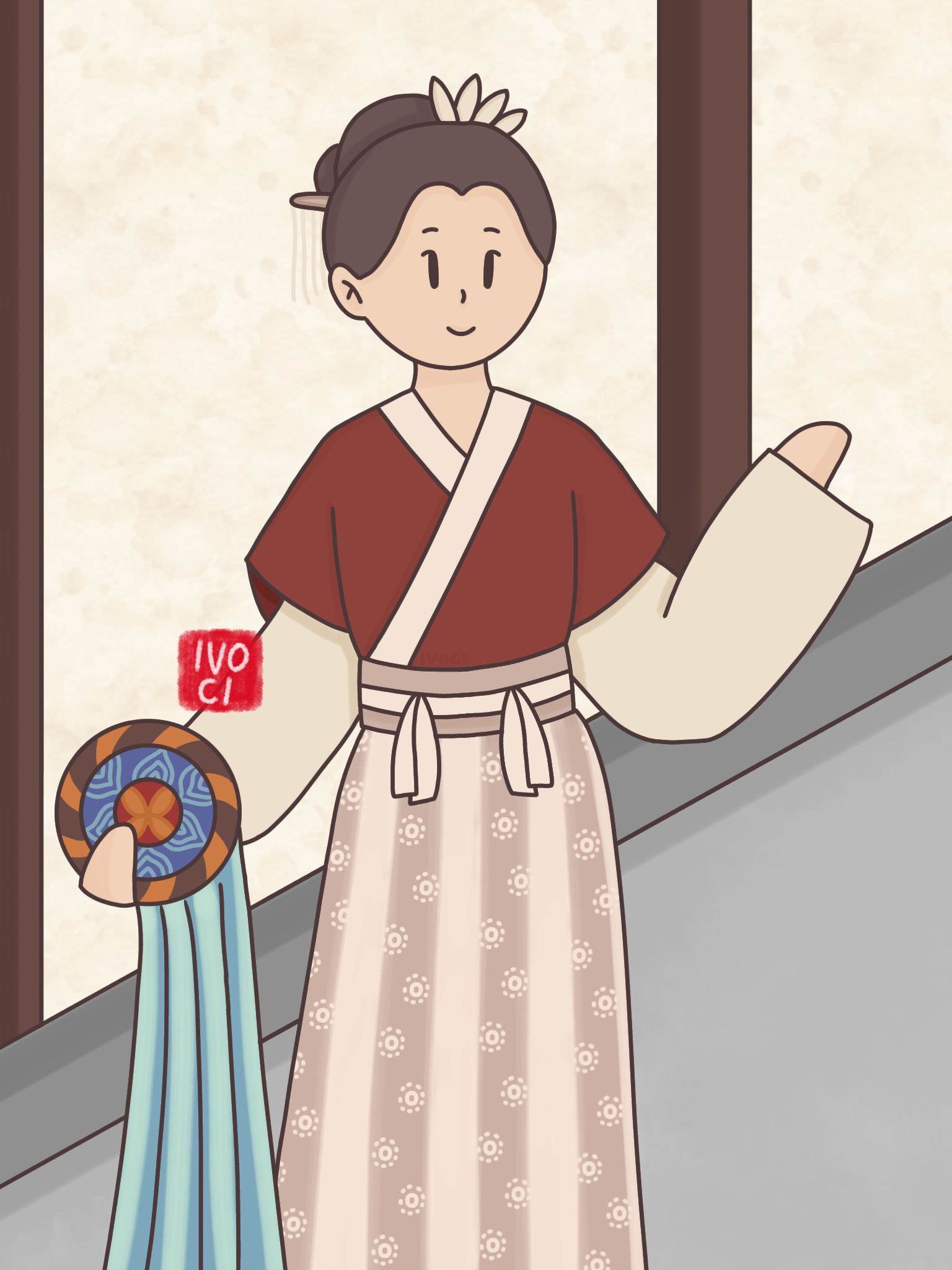
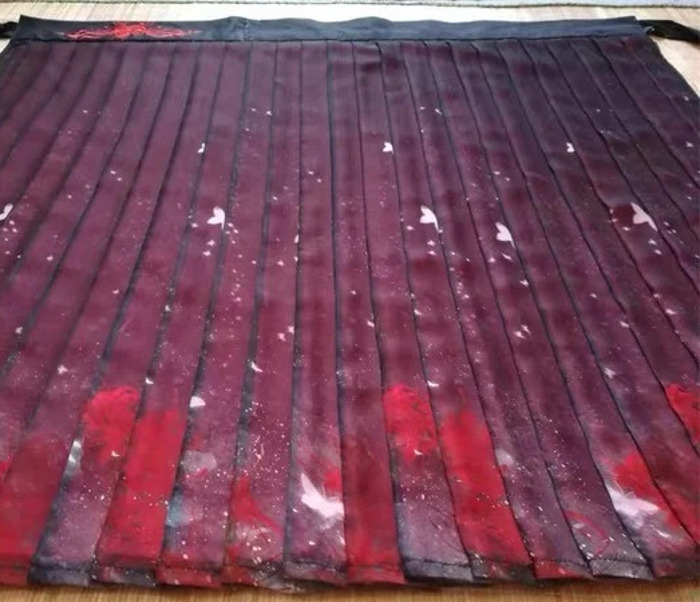
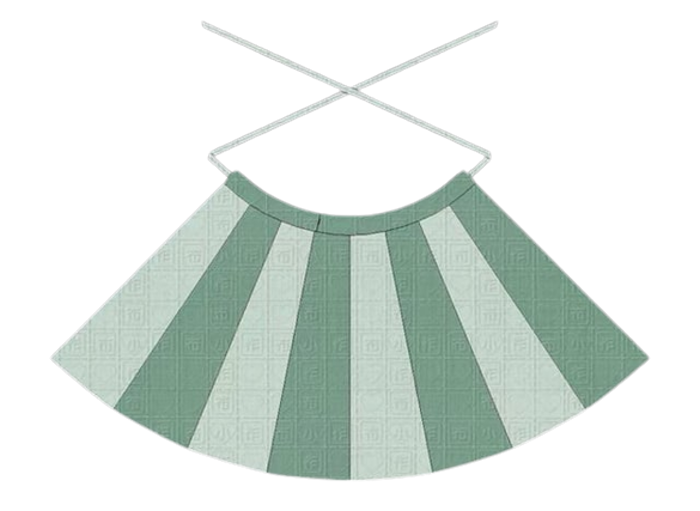
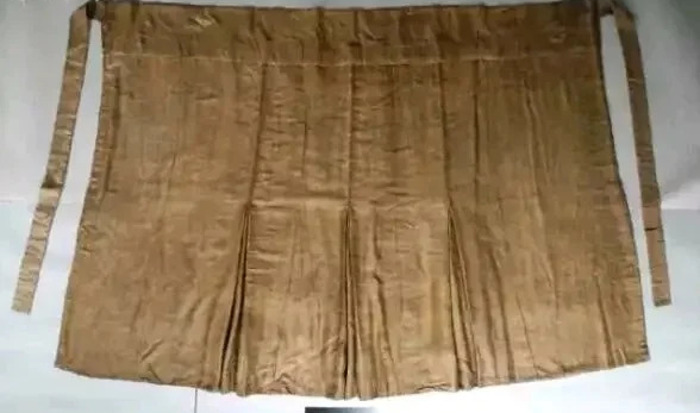
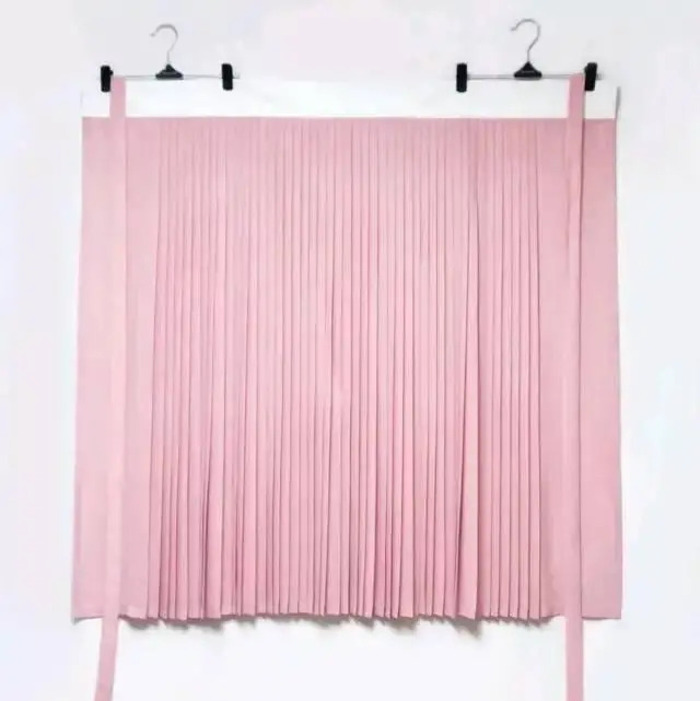
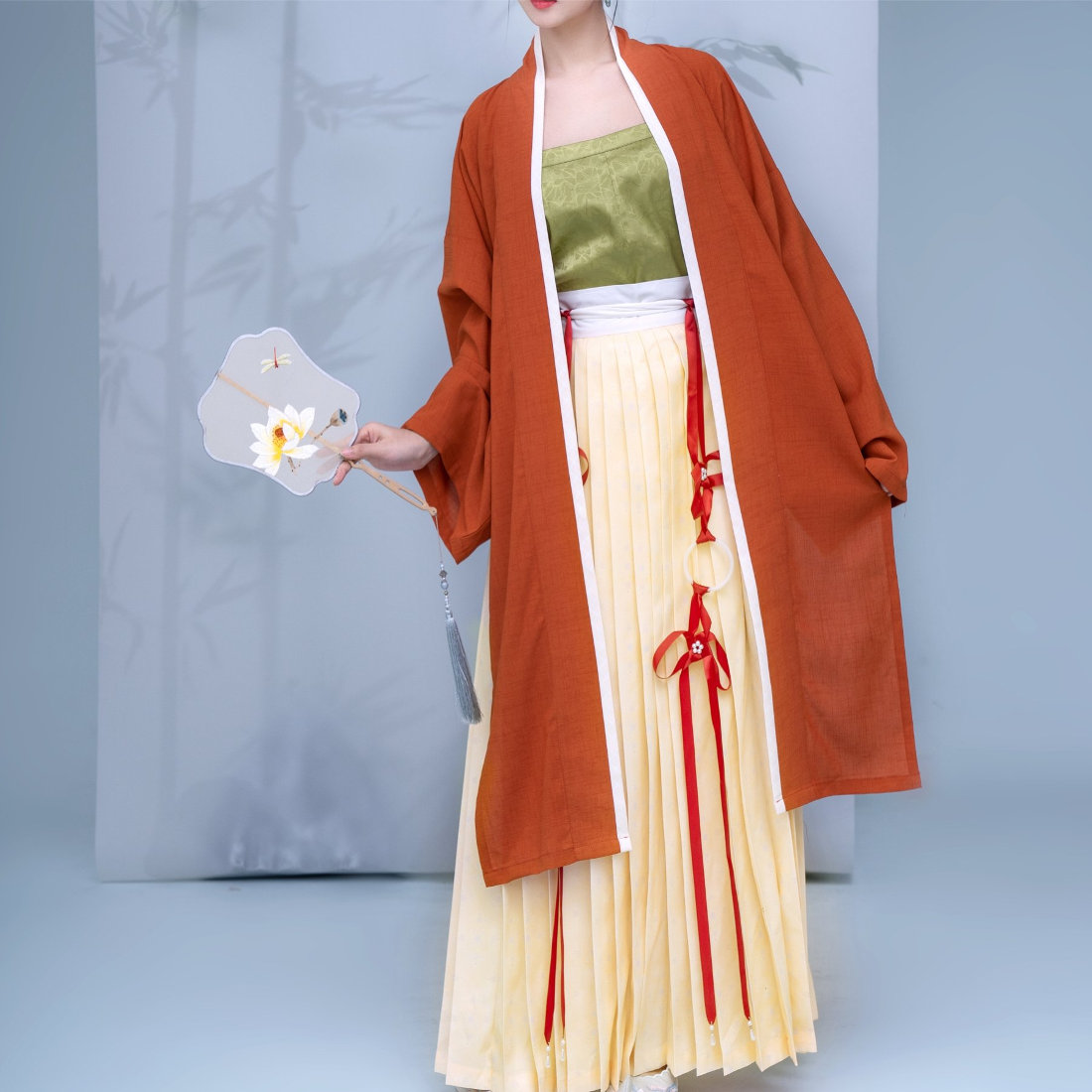
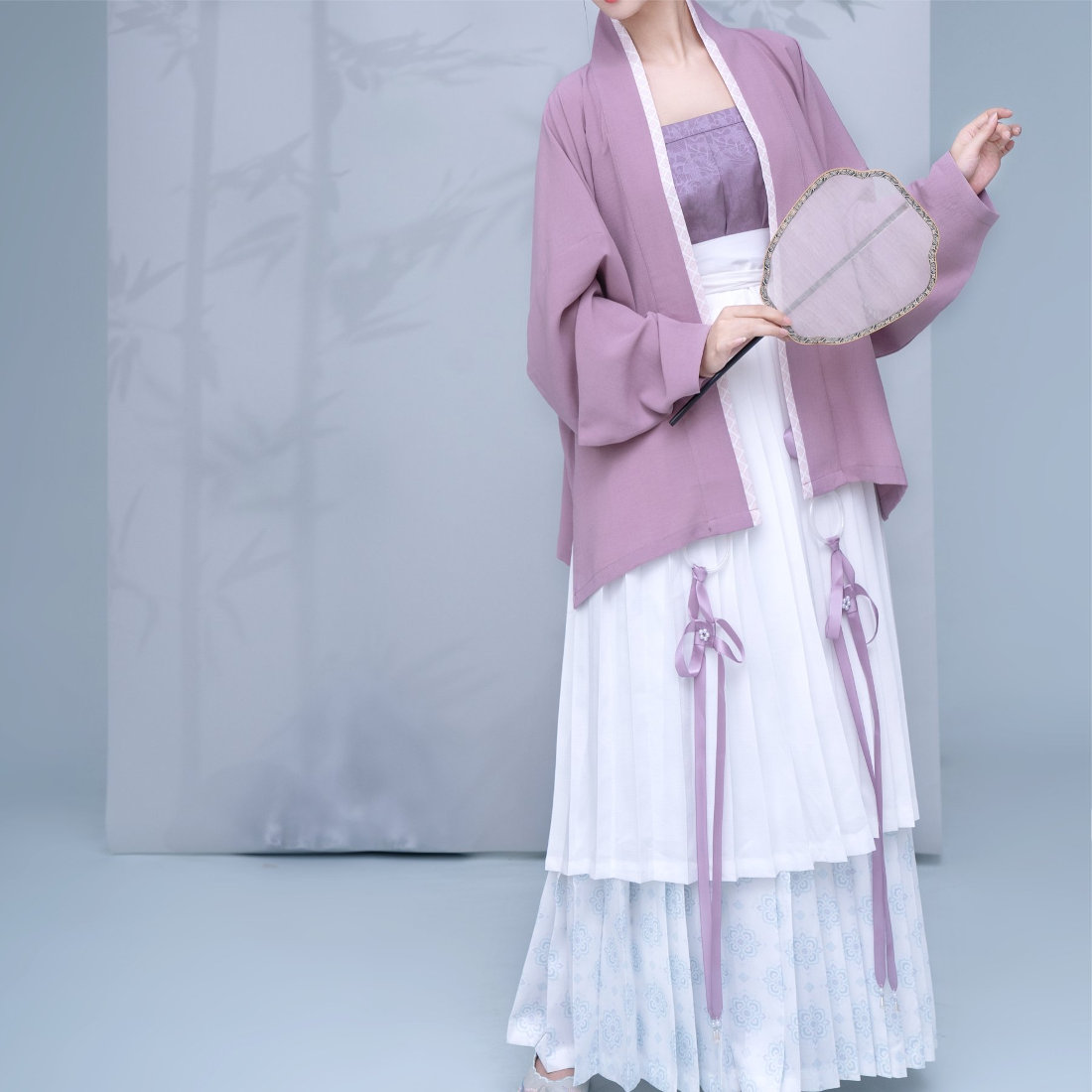
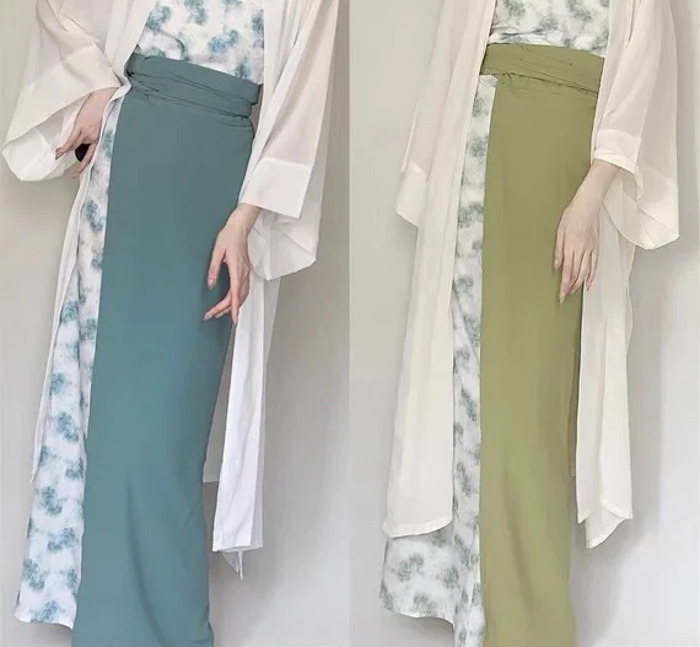
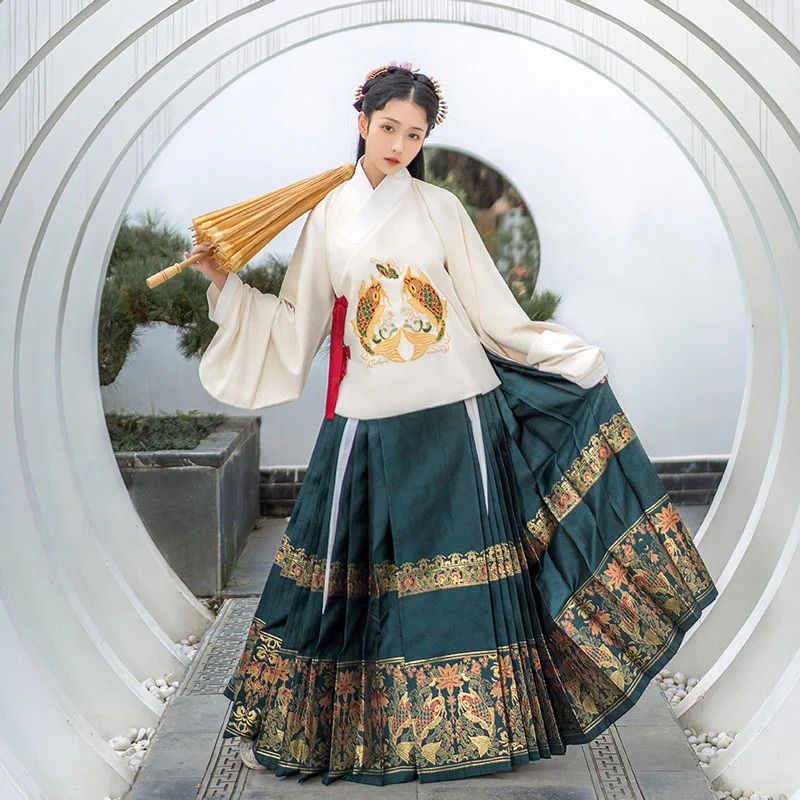
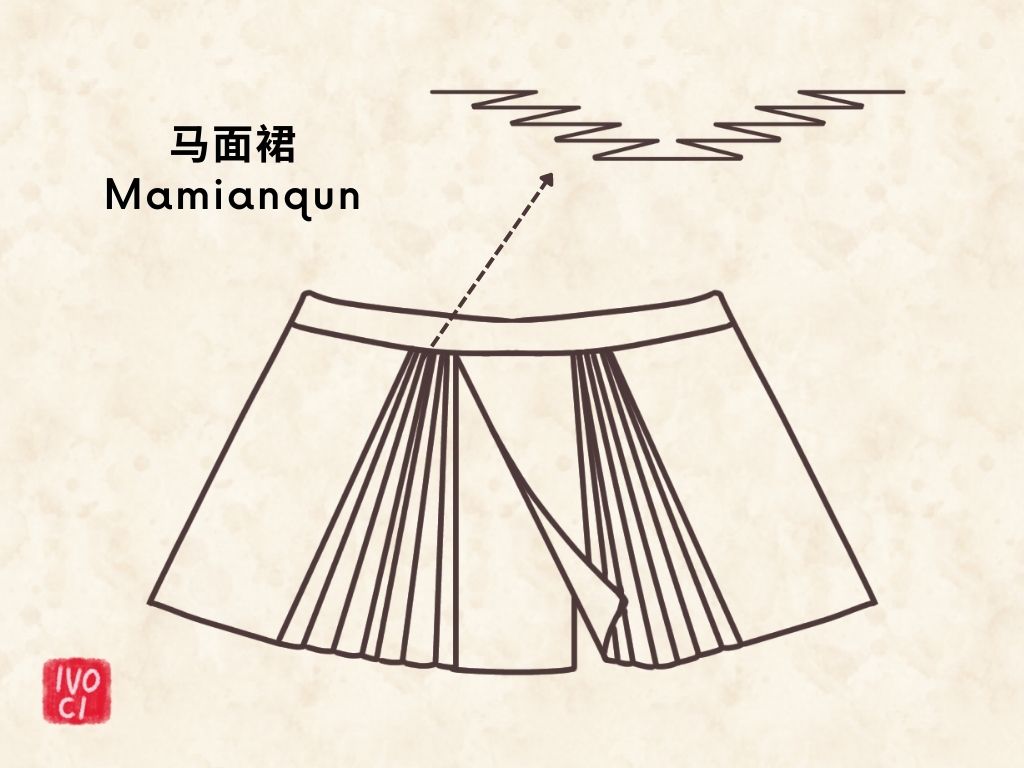
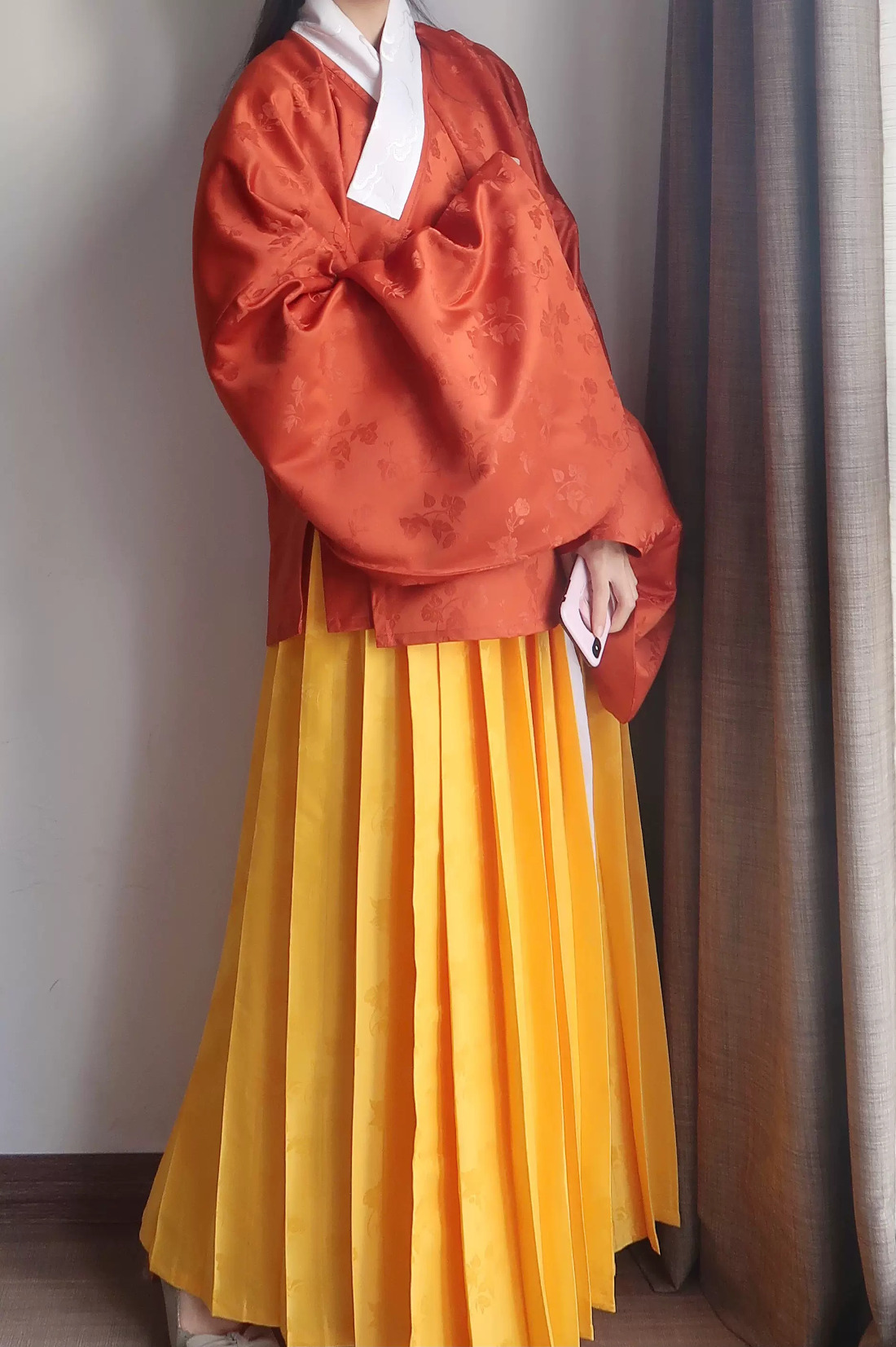
Leave a Reply